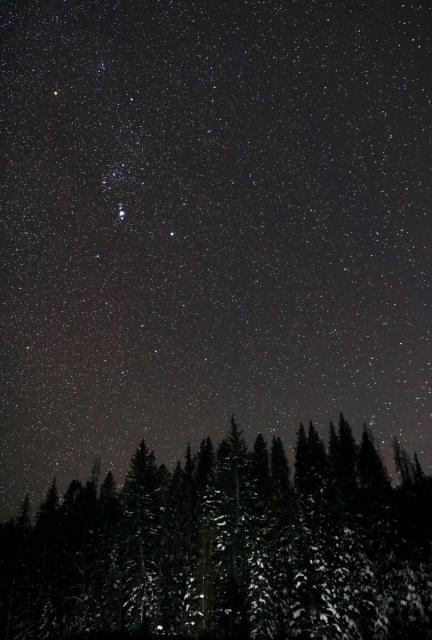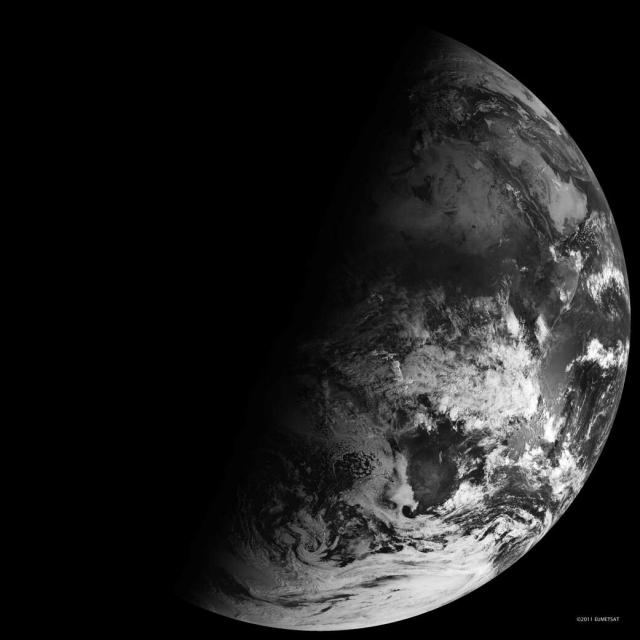Search
Items tagged with: wintersolstice
#NASASolarSystem
NASA Skywatching Home
What’s visible in the night sky? Get skywatching tips and resources from NASA.NASA Solar System Exploration
It’s going to be a long night.
In the Northern Hemisphere, that is. Tonight is the #WinterSolstice, which occurs when either of Earth's poles reaches its maximum tilt away from the Sun. This happens twice yearly, once in each hemisphere. Learn more: go.nasa.gov/3vbLGJY
#NASA
Behold a Winter Solstice
The Earth's solstices come twice a year. For the Northern Hemisphere, this year's winter solstice happens on Dec. 21.Yvette Smith (NASA)
Today is the #WinterSolstice, aka the official start of astronomical winter! ❄️
We’re celebrating with some snowy and solst-icy 🧊 photos taken from the @Space_Station.
See more: go.nasa.gov/3PLxj8l
#NASAEarth
Collection - Winter from the International Space Station
climate change, global climate change, global warming, natural hazards, Earth, environment, remote sensing, atmosphere, land processes, oceans, volcanoes, land cover, Earth science data, NASA, environmental processes, Blue Marble, global mapsgo.nasa.gov


